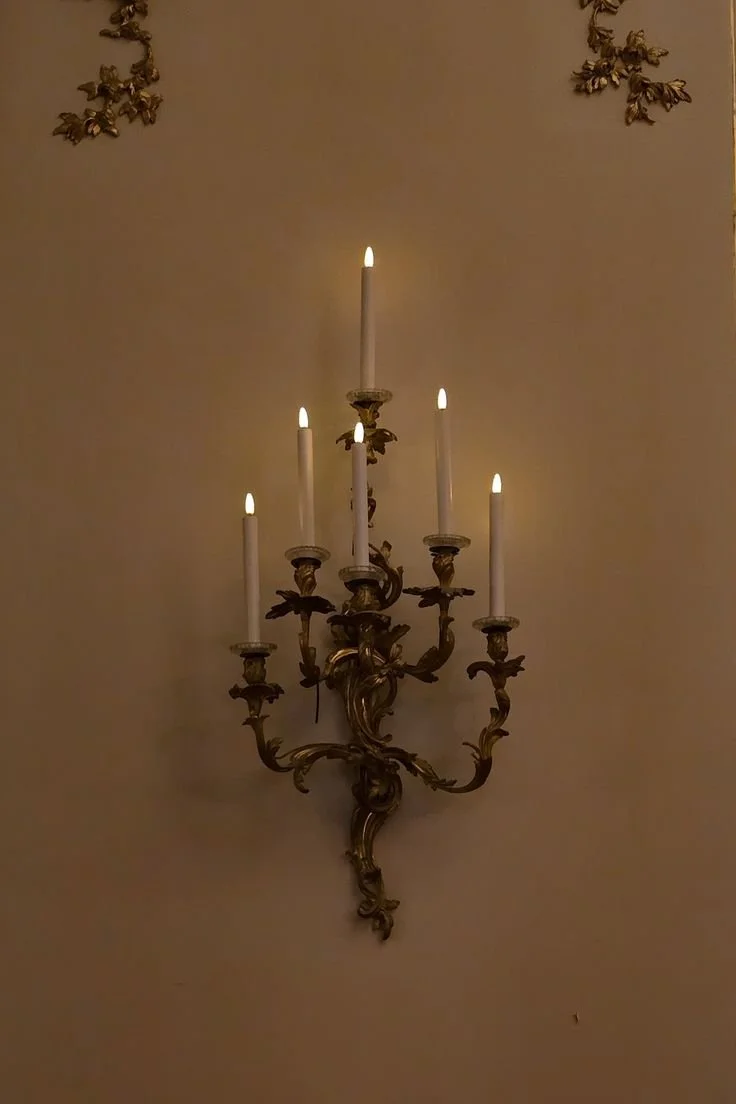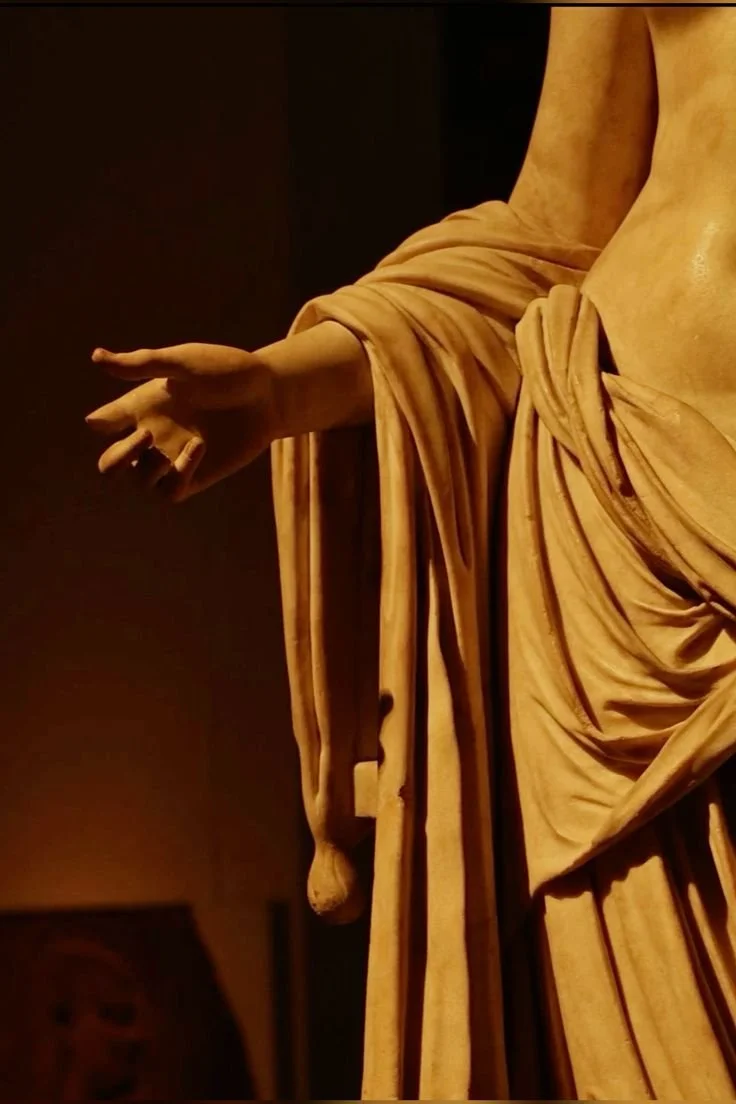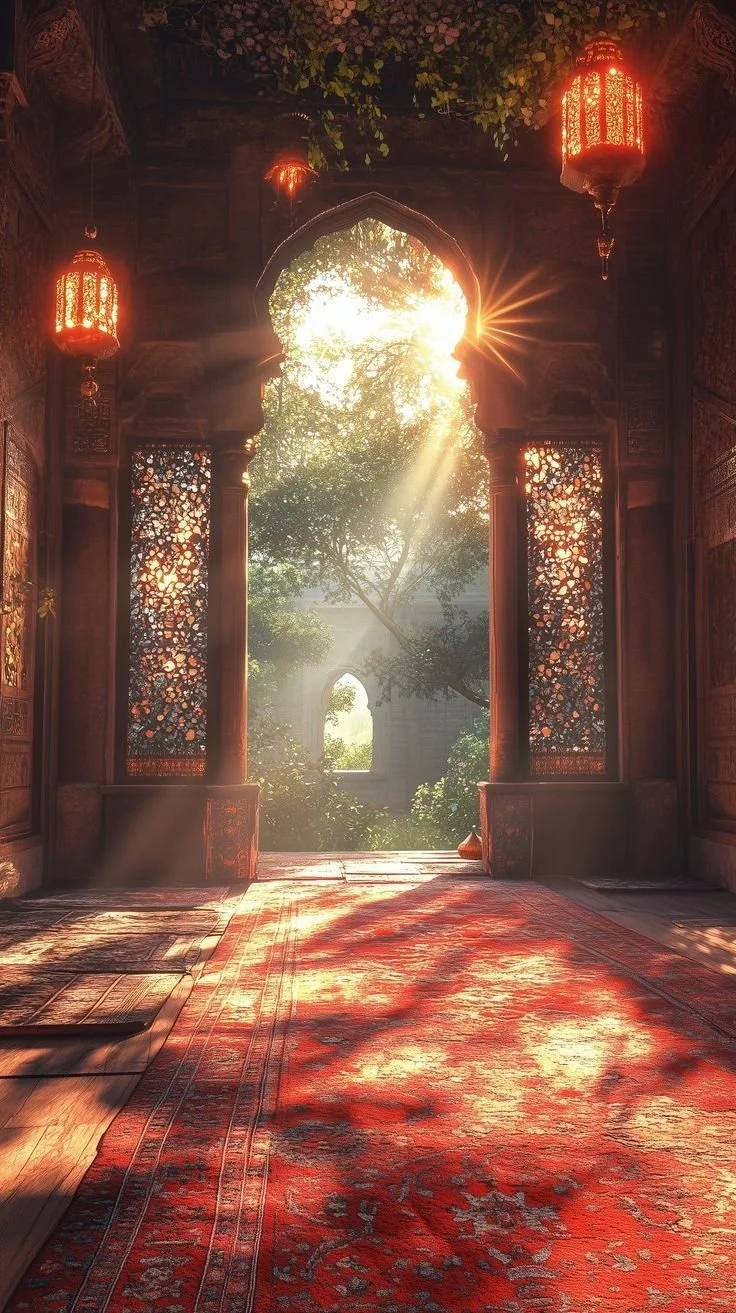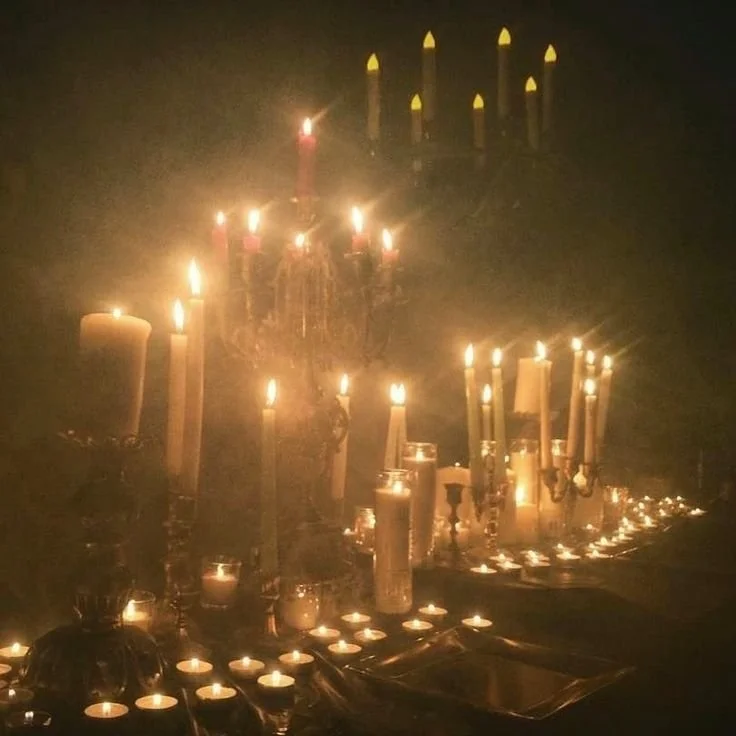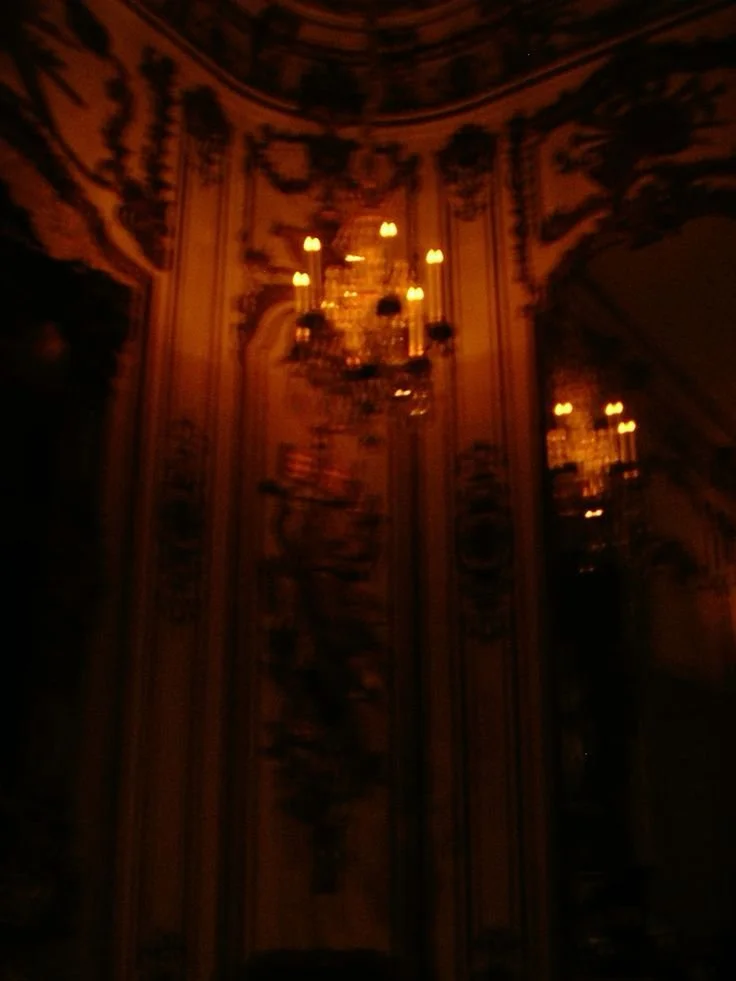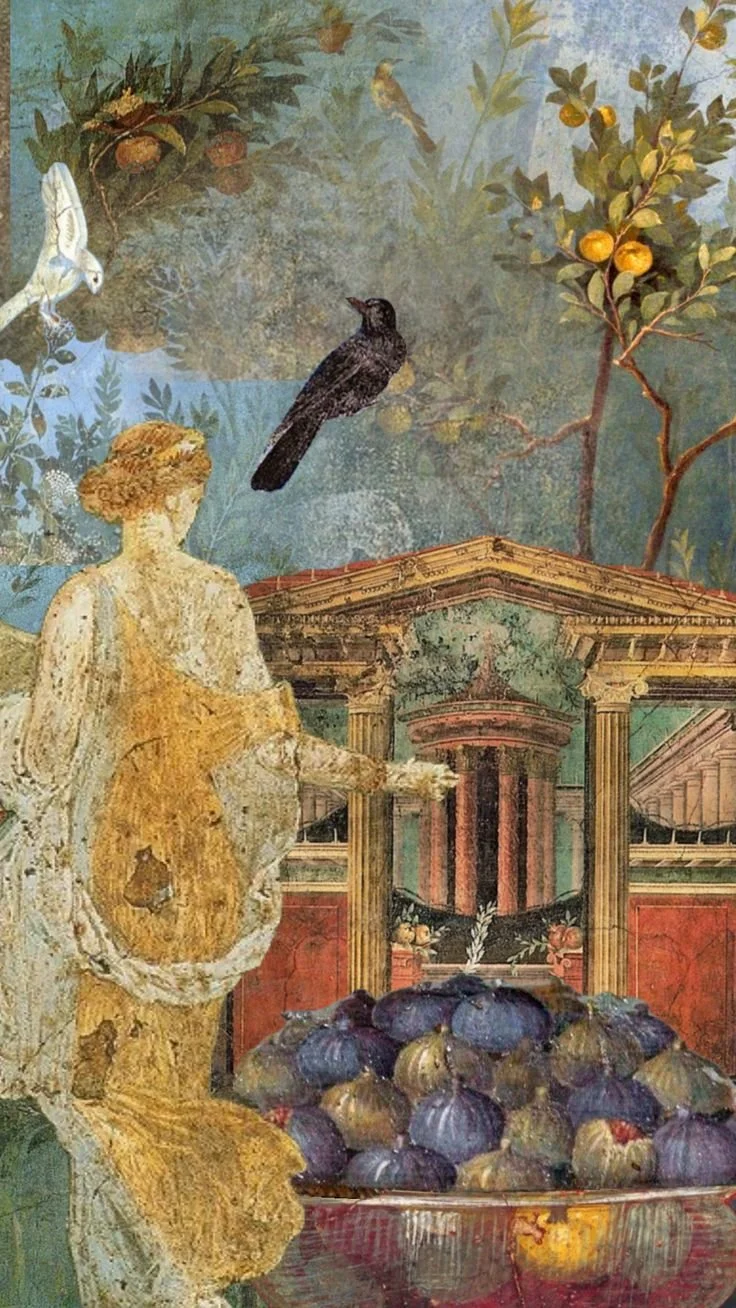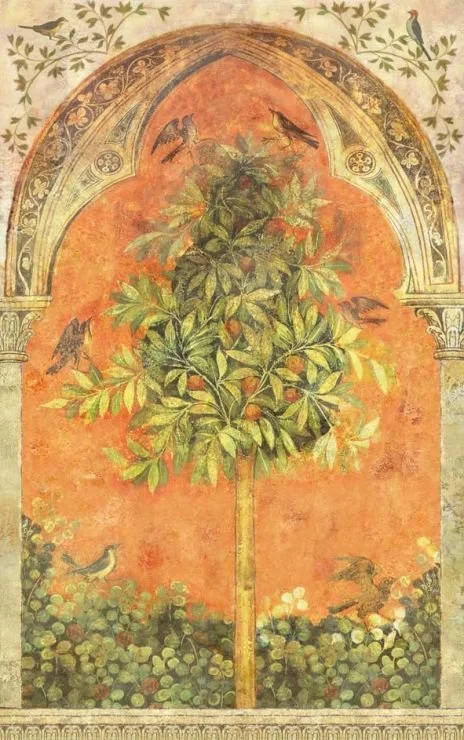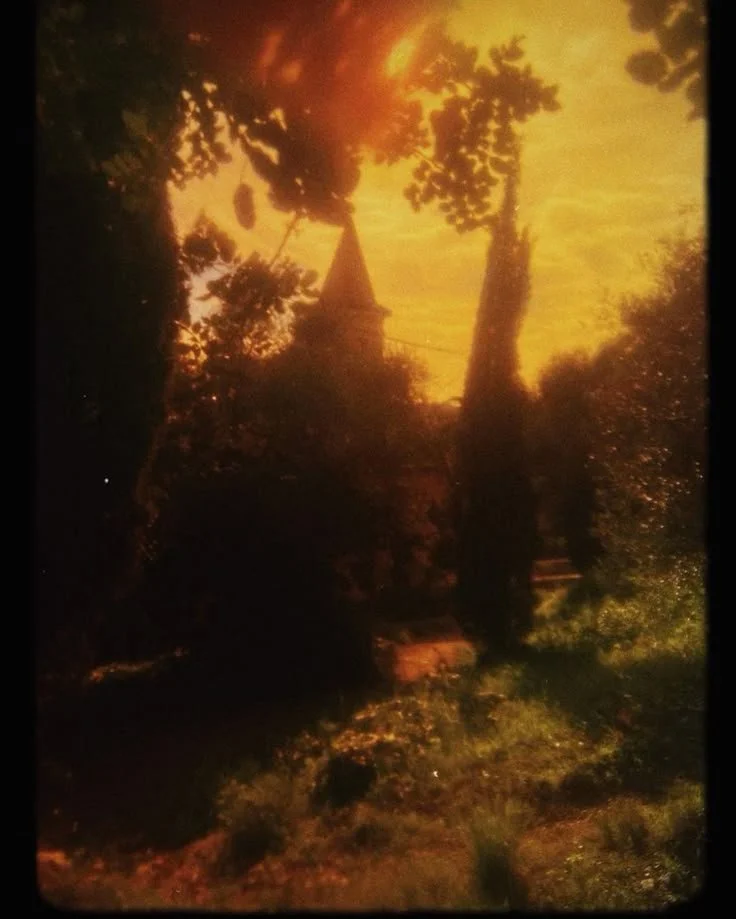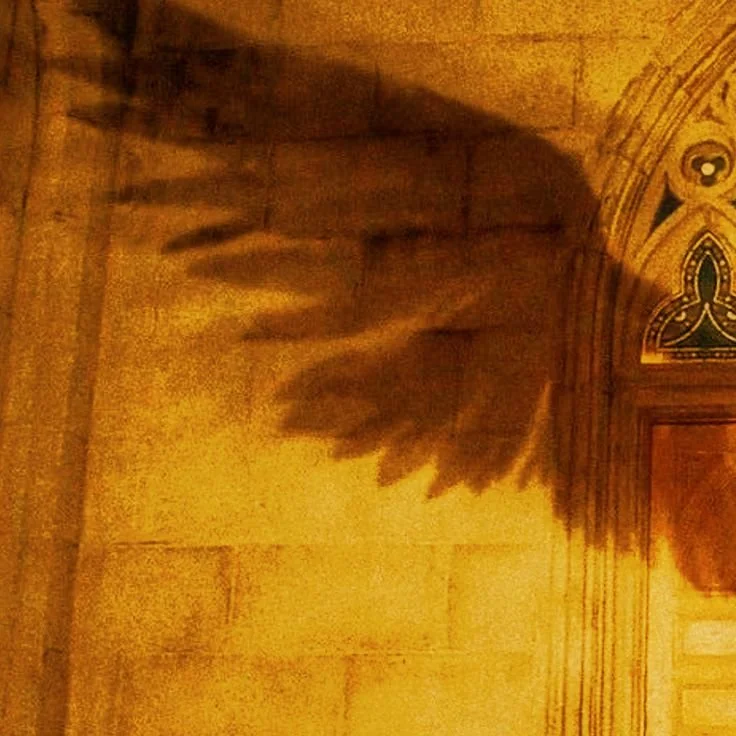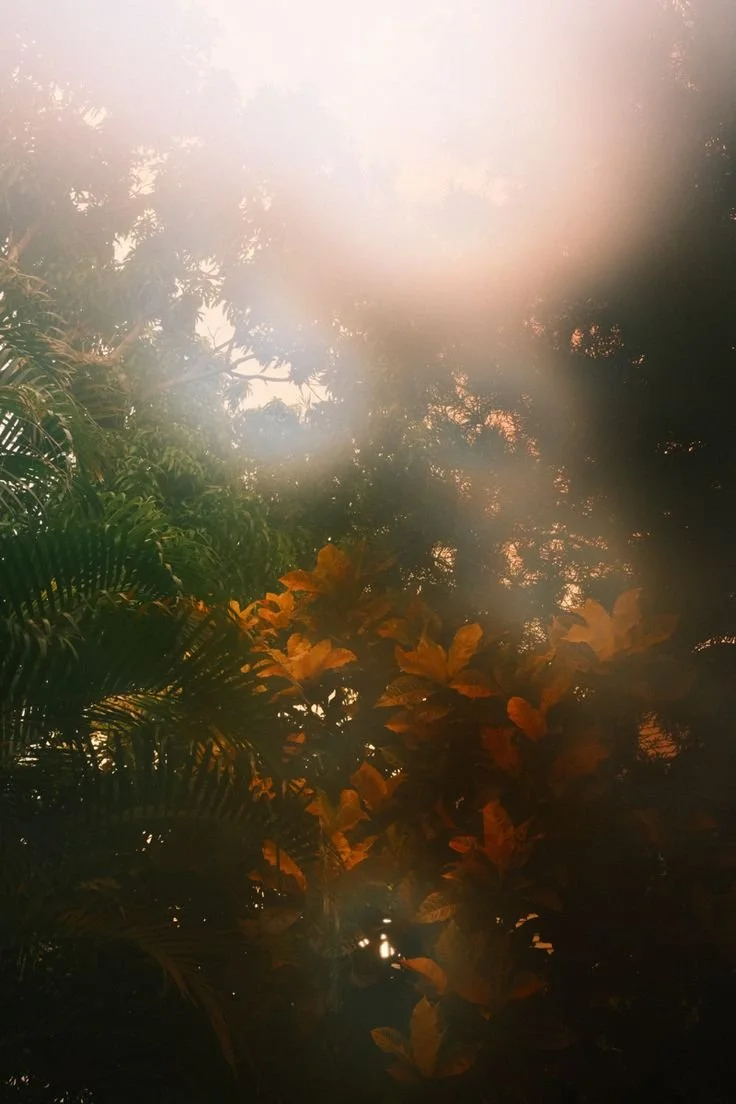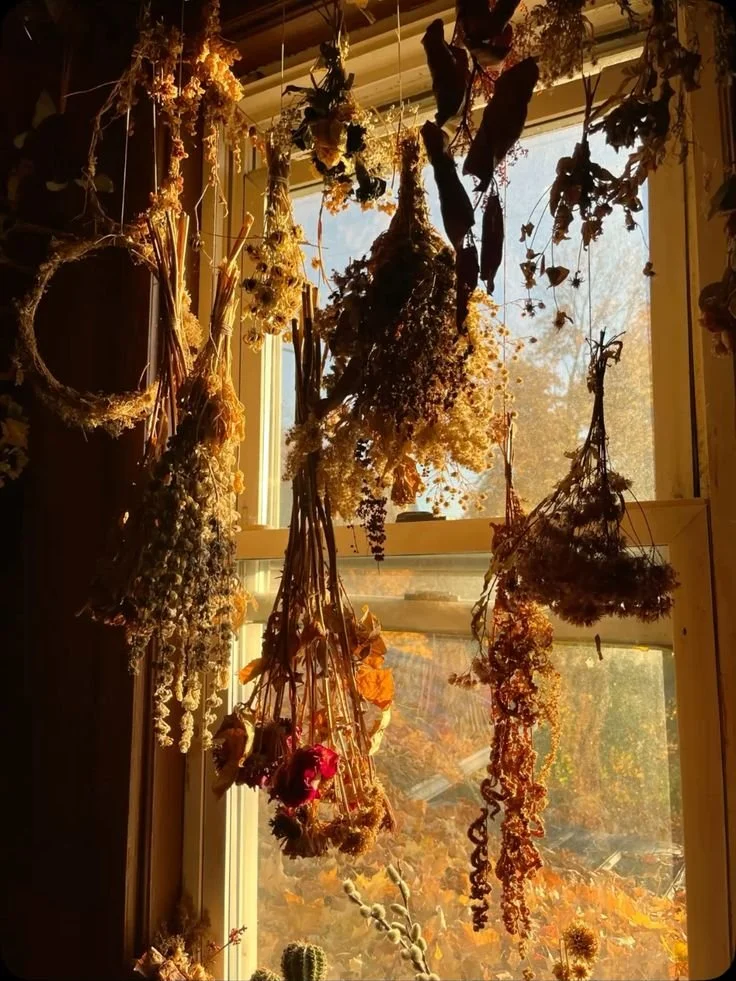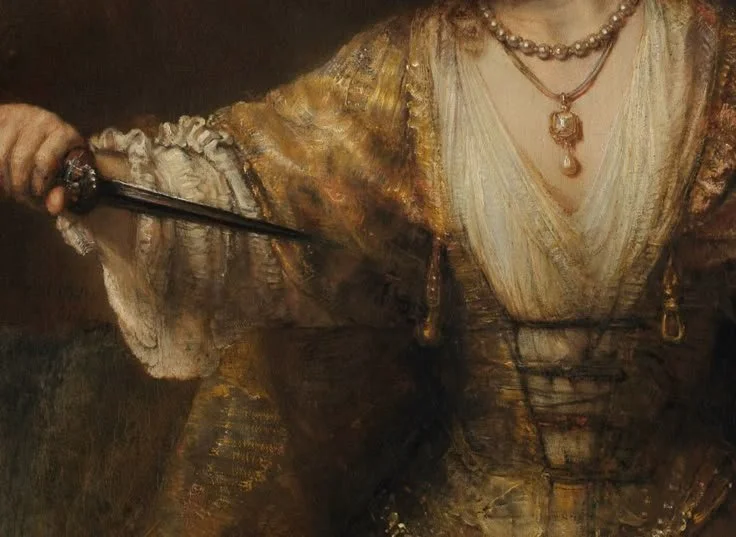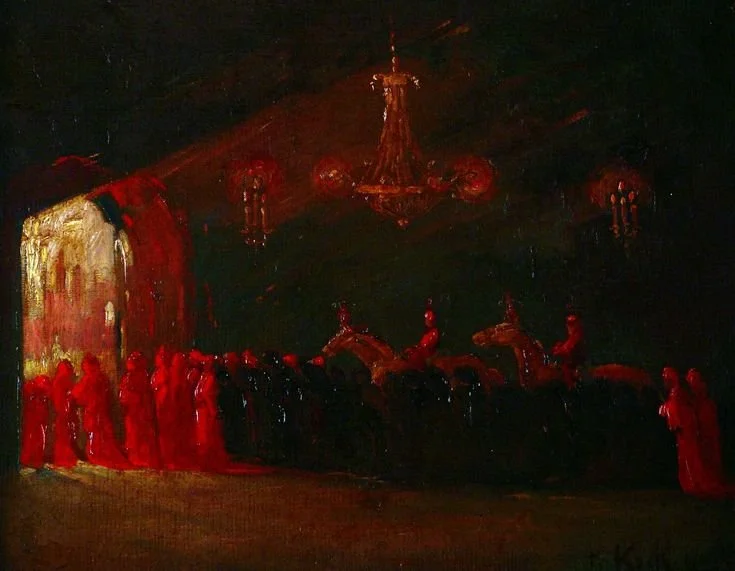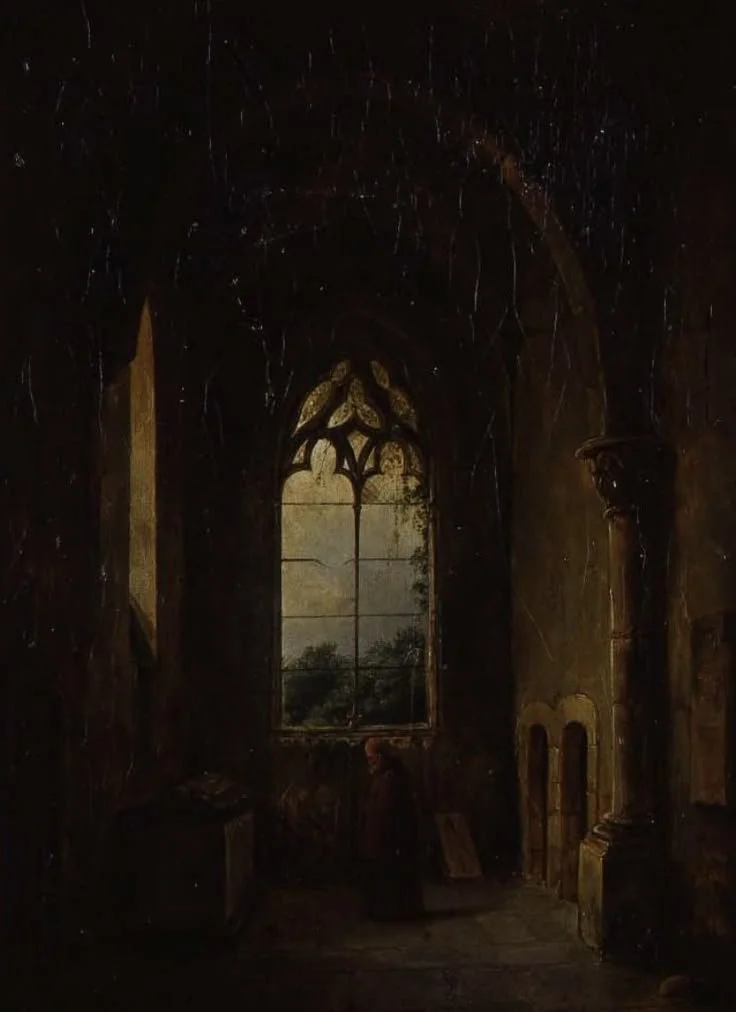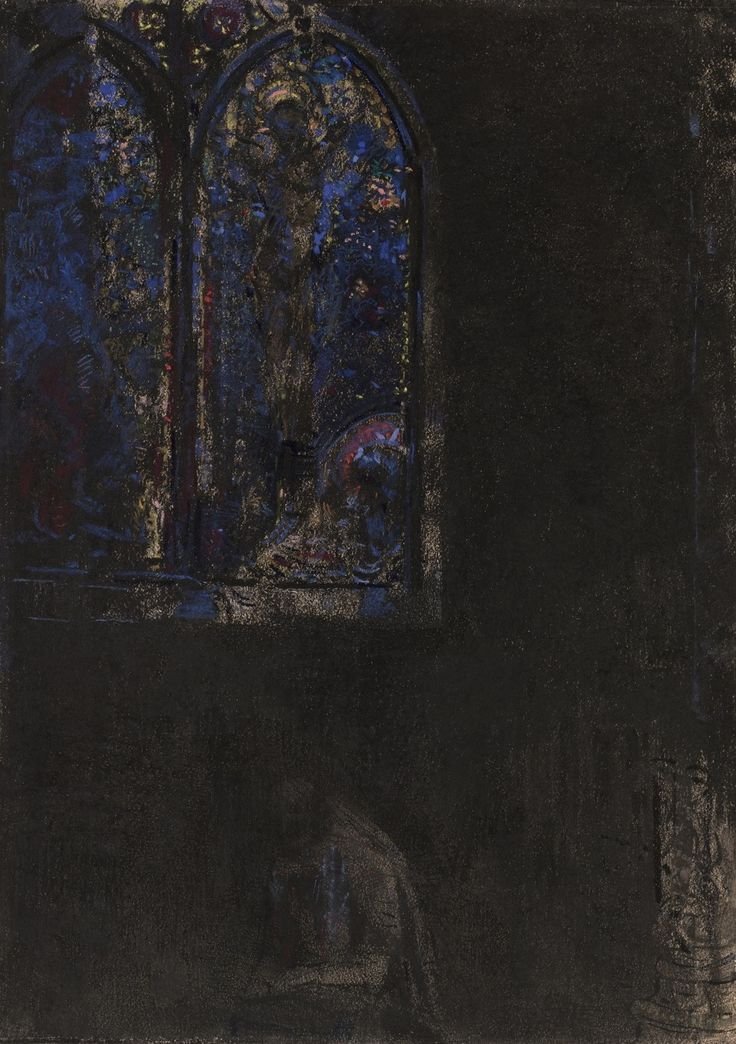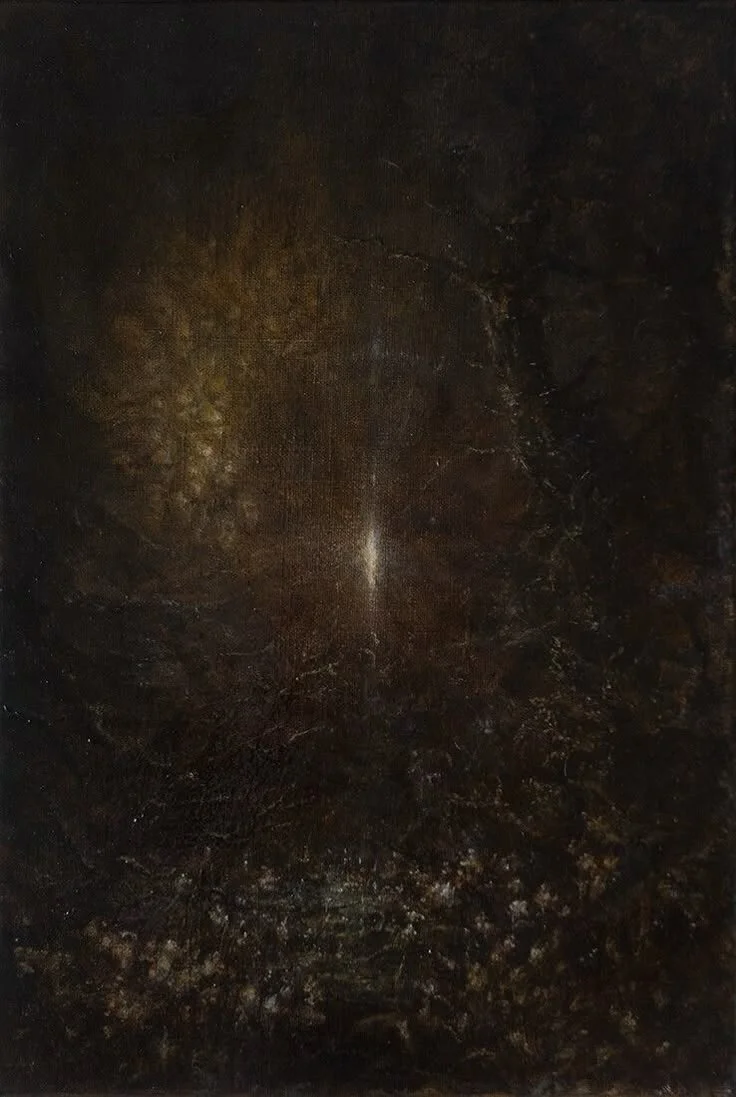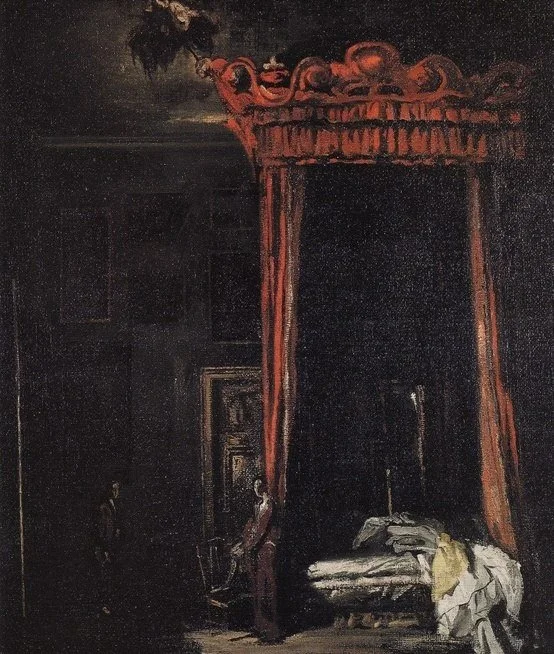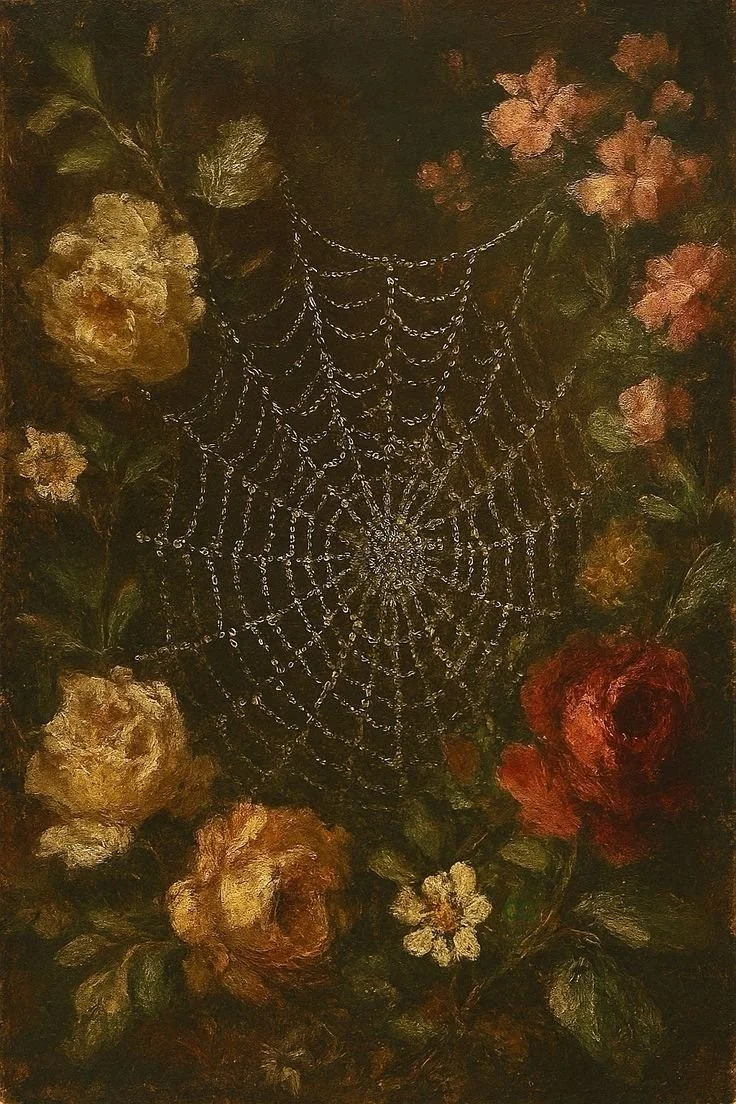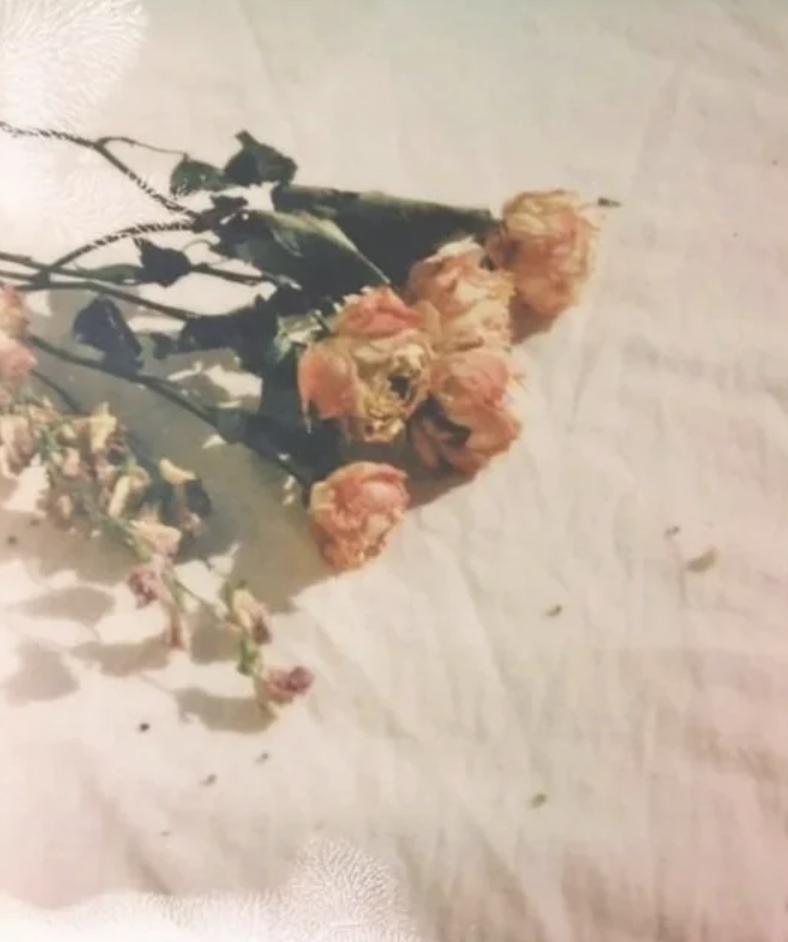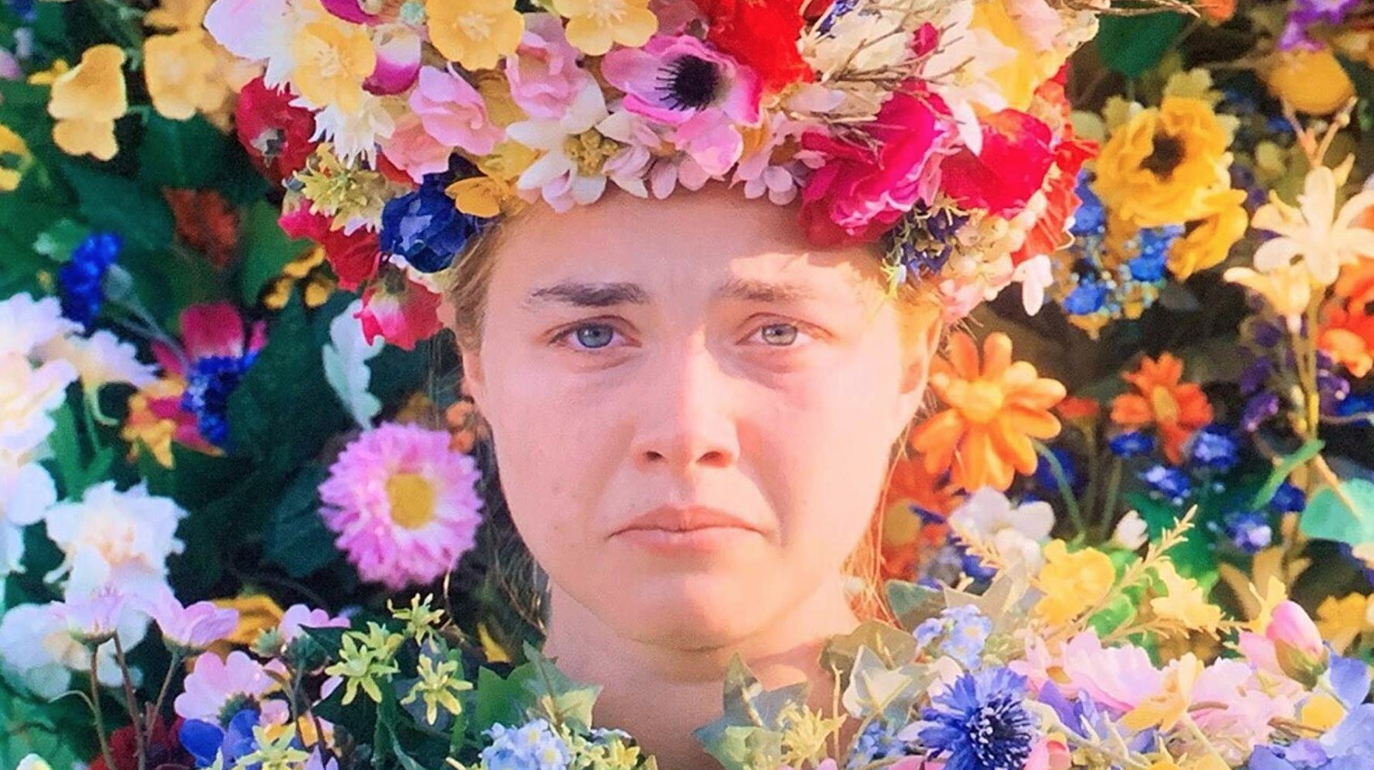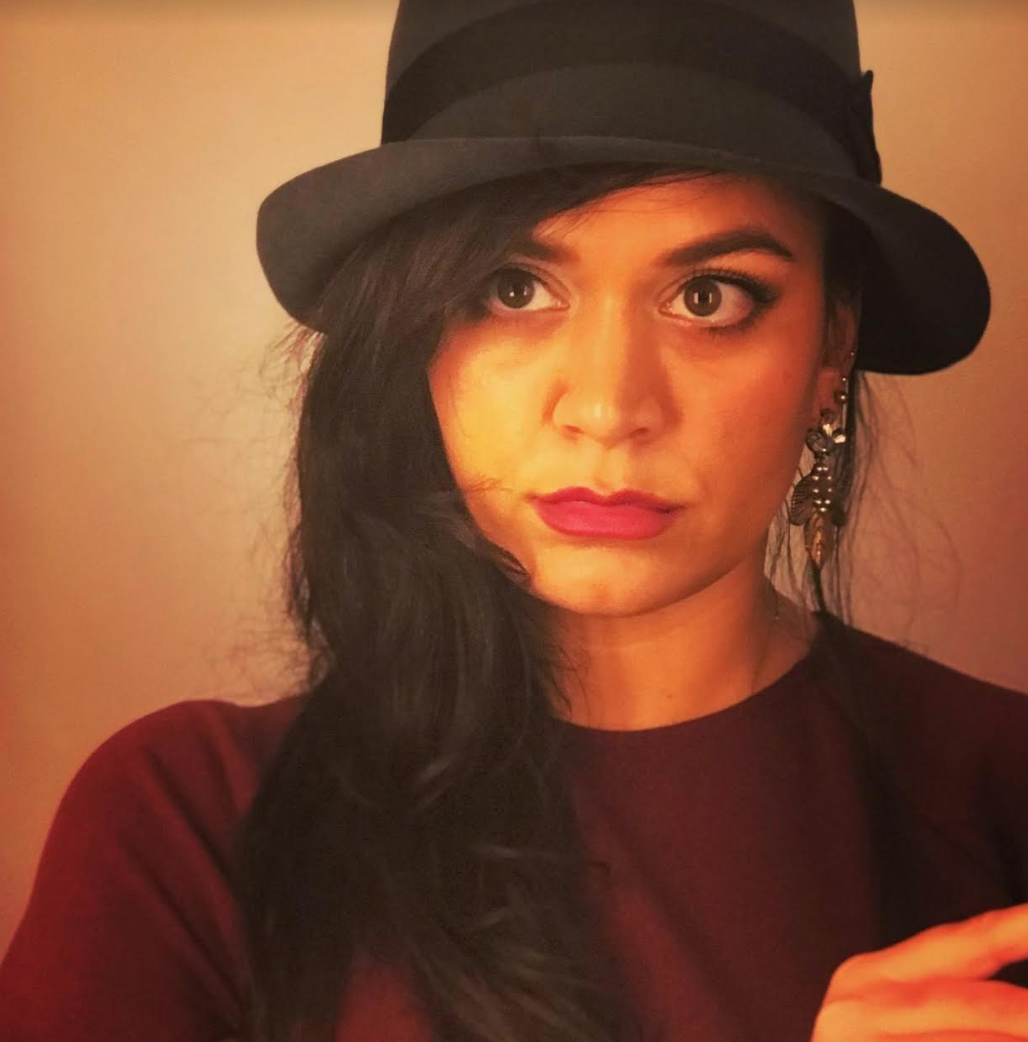Stephanie Valente lives in Brooklyn, New York, and works as an editor. One day, she would like to be a silent film star. She is the author of Hotel Ghost (Bottlecap Press, 2015) and Waiting for the End of the World (Bottlecap Press, 2017). Her work has appeared in dotdotdash, Nano Fiction, LIES/ISLE, and Uphook Press. She can be found at her website.
MIDSOMMAR’S Hårgalåten and the Ritual of Dance
BY MARY KAY MCBRAYER
*SPOILERS*
I have to confess something about Ari Aster’s new movie Midsommar: I did not identify with or even like Dani until she chose to set her boyfriend on fire. Before you judge me as a vindictive arsonist/murderer, hear me out. Most of my re-alignment with the protagonist is because of the ritual of dance.
I have been a dancer for all of my life—one of my earliest memories is being in a pink leotard at three years old and hearing my instructor say, “If you ever lose your place, just listen to the music. It will tell you where you are.” She meant that we should listen to the counts to situate ourselves in the choreography, but I didn’t take it that way, not even then. There’s something really special about being able to lose yourself in a piece of music, especially when the music is live. It shuts off the rest of your brain and makes you live in your body, and you kind of forget everything that is happening if it isn’t the dance. And when you finish dancing, everything falls in its place.
I remember at one convention I went to, the keynote speaker (Donna Mejia) asked the crowd, “How many of you feel like you are wasting time when you’re dancing? That you should be doing something else?” Nearly everyone raised her hand. “Now, how many of you are only truly happy when you’re dancing?” I did not see a single hand go down.
Sure, it sounds like a lot of existential gibberish if you haven’t experienced it—but let me ask this, more relatable question: have you ever been drunk and lost yourself on the dance floor of the club? (Look at me in the face and tell me you have never suddenly heard the end of a Prince song and realized you were grinding on a stranger in the corner. LOOK ME IN THE EYE. And tell me that.) My point is, when we hear someone is a dancer, we think they are a performer, but that is not necessarily the purpose of dance, not spiritually, and not in Midsommar.
Another confession: most of my dance training is in Middle Eastern dance, which is very different from Swedish dance, but the folk music and dance, and the purposes of it, are not necessarily THAT different. For example, belly dancing originated with women dancing for and with other women. There was no one watching. There was no audience. Everyone danced. It was a form of community. It’s the same community you feel dancing in the kitchen in your pajamas with a couple of close friends. That feeling, the one of being among your friends and doing your hoeish-est dance with a spatula in one hand is the BEST, and it’s what we see in Midsommar with the Hårgalåten. In my experience, that’s when you really start dancing, when you forget that people are watching, listen to the music, and express it in your physicality.
When women dance like that, we don’t care what we look like because no one is supposed to be watching. If they are watching, they don’t stop dancing to do it. And that’s powerful. No one is watching me. Everyone is dancing with me. I am dancing with everyone. No one is watching me, and I don’t care what I look like. (Great performers are the ones who harness this and utilize it onstage, even though there ARE people watching.) You can see the moment that Dani realizes the happiness that come with the May Day dance in Midsommar. It is the first time she smiles in the whole film.
So many of us, too, think that dancing is about the viewer, but it just isn’t. Not on a fundamental level. Sure, dance can be a performance, but that, to me, is not its purpose, and it’s definitely not the purpose of the movie Midsommar’s dance sequence. To me, the purpose of the whole May Day/May Queen dance around the May Pole is to show Dani her true family.
These women embrace her, they let her be a part of their dance community, and that’s so powerful—I’ll never forget the first time a dancer pulled me into the circle of a folk dance. It was magic. I, like Dani, glanced away a couple times to see if anyone was watching.
She wants Christian to be watching, but he isn’t. It seems like she EXPECTS to be sad that he is not paying attention, but then her dancing becomes even more joyful, more spiritual. (You can see this emotional fortitude, though not joy specifically, in spiritual dance rituals around the world, from the Whirling Dervishes in Turkey to the Moribayasa dance in Guinea to the May Day Hårgalåten celebration in the movie Midsommar.)
In the Hårgalåten, the women ARE having fun, though. Though it’s a competition, they are not really competing. Or at least they are not competing with each other.
In the folktale of Hårgalåten, the devil disguised himself as a fiddler and played a tune so compelling that all the women in Hårga danced until they died. In the version that Midsommar tells, the dance ritual is a reenactment of that myth. The women knock each other down because they’re shrooming so hard they run into each other when the music changes. They aren’t mad, though, when they fall. They tumble down, laughing, and roll out of the path of the remaining dancers. The last one standing, one of the villagers says to Dani, is the May Queen.
The May Queen, in the context of the film, has some pretty dark and ominous foreshadowing around her. I assumed, at the first appearance of that archetype, that the May Queen would be sacrificed, and I think that is what the film wants us to assume. That is not, however, what happens, and I was glad of it. (So much of this film is not what I expected it to be, and that is a delight among formulaic horror movies.)
Even the song of the Hårga is told from the first person plural, the “we” of the dancers. They are all invested in the ritual. If one of them wins, they all win. When Dani is the last dancer standing, her new family celebrates with her. They are there for her when she grieves her boyfriend, too.
I love the ending of Midsommar because I feel like Dani really comes into her own; it’s the first time she’s had agency or presented with a choice, in my opinion, throughout the film. As you know, the May Queen is not sacrificed as many of us likely intuited: instead, she’s lifted on a platform and carried to her flower throne. She follows the sounds of another ritual though her now-sisters advise her against it. They go with her anyway. She sees her boyfriend having sex with someone else. She hyperventilates. Her new family is there, with her, breathing with her and comforting her in an empathy so physical it’s uncomfortable to the viewer.
Then, Dani discovers that the May Queen gets to choose the final sacrifice, from between Christian and a member of her new family. She chooses her boyfriend.
Here’s the thing, though: I don’t think she chooses him because he’s “cheating” on her. That ritual, to me, is absolutely a rape, for one. That Christian has a terrible time at the festival is a gross understatement, but the thing to remember is that Christian was shitty way before they came to Sweden, and Dani, like so many women complacent in their relationships, women clinging to a dysfunctional relationship because the rest of their world has crashed, women set adrift from the world, clings to him like a life raft, even though he will not keep her afloat.
During the dance, Dani finds support, love, joy, and that is (in my interpretation of the competition) why she wins. It’s not until she finds that community in Hårga, specifically in the dance with the other women, that she can release the last tether to her unhappiness and set him on fire.
Mary Kay McBrayer is a belly-dancer, horror enthusiast, sideshow lover, and literature professor from south of Atlanta. Her book about America’s first female serial killer is forthcoming from Mango Publishing, and you can hear her analysis (and jokes) about scary movies on her blog and the podcast she co-founded, Everything Trying to Kill You.
She can be reached at mary.kay.mcbrayer@gmail.com.

